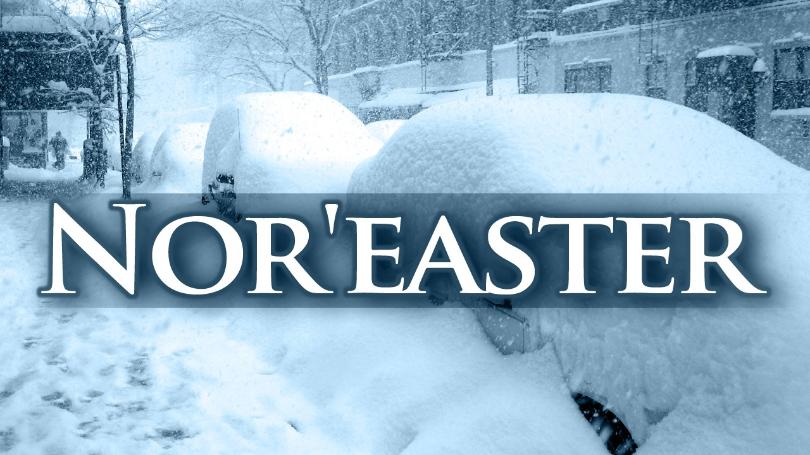Nor’easter
March 23, 2018
March 20th marked the first day of Spring, but the area got hit with another nor’easter.
“Nor’easter” refers to the winds coming from the northeast off of the Atlantic Ocean. These storms usually occur September through April, although they can happen any time of the year. The nor’easter can take place from Georgia to New Jersey.
A nor’easter isn’t always snow, but the past few in our area were. The coastal winds cause heavy rain, rough sea conditions, coastal flooding, or snow.
Places like New York, Boston, Philadelphia, and Washington D.C. are more susceptible to nor’easters because they are closer to the coast. The east coast is the main spot for nor’easters because there is a polar jet stream (a powerful wind that stays on top of a polar front) which moves air from Canada to the United States. The air then goes eastward in the direction of the Atlantic Ocean. When the air gets there it collides with the air from the Gulf of Mexico. The air then moves to the north.
The water is warm in the Gulf stream which stretches to the tip of Florida. The air goes up the United states coastline keeping the water relatively warm during the winter. The temperature difference between the warm air over the water and the cold air on the top of the land causes unstablness and the energy needed for the creation of the nor’easter.
There have been four nor’easters this year. The amount that hit New York this year is not so out of the ordinary. Since there is a very specific set of requirements needed to create a nor’easter, they tend to come in clusters. Once the requirements are “filled”, they happen one after the other. The nor’easters should be over soon, and the Spring should come!
Works Cited:
https://weather.com/science/weather-explainers/news/noreaster-snow-rain-wind-northeast-explainer
https://www.theatlantic.com/science/archive/2018/03/why-are-there-suddenly-so-many-noreasters/556145/


